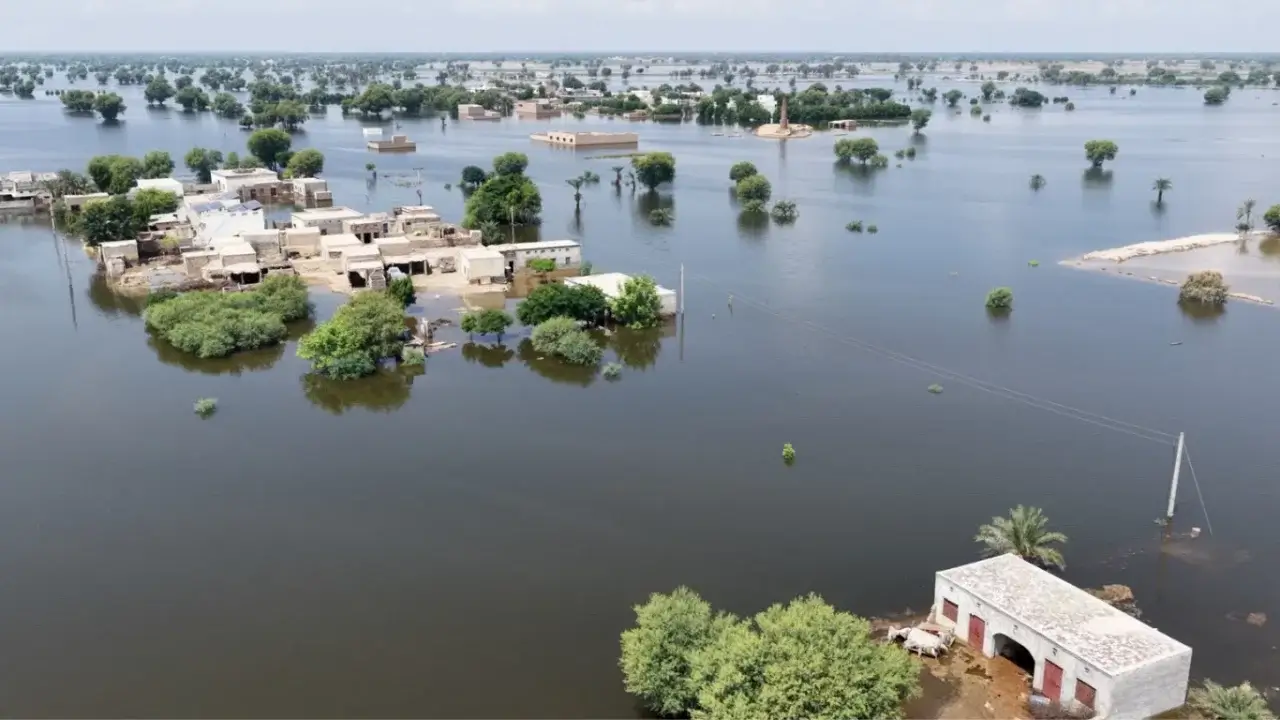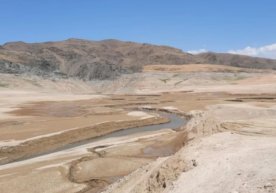
Floods are recurring in Pakistan every year. This year’s rains have affected almost all regions of the country, including Lahore, the capital of Punjab. According to the UN, more than a thousand people have died in three months, and over 6.9 million have been affected by the natural disaster. Thousands of houses have been destroyed, and over a million hectares of farmland have been submerged.
Experts link this situation to global climate change. Although Pakistan produces only 1% of global greenhouse gas emissions, it is suffering some of the most severe consequences of climate change. Glaciers in the northern mountains are melting rapidly, causing powerful flash floods and landslides. This has submerged entire villages and destroyed roads and infrastructure.
The situation is also severe in the southern regions. In Punjab province, three rivers — Sutlej, Ravi, and Chenab — overflowed simultaneously, flooding about 4,500 villages. Thousands of people were left homeless, and hundreds of thousands of women and children are forced to live in the open air. Due to a lack of medical assistance in rural areas, pregnant women and children are suffering the most.
The government and international organizations are trying to improve early warning systems, but most of the population still lives in dangerous areas. Even after the waters recede, people are forced to return to their homes because they have nowhere else to go.
Read “Zamin” on Telegram!Users of Меҳмон are not allowed to comment this publication.













